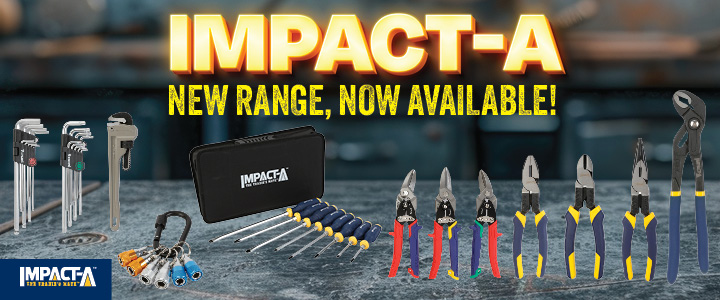You’ve navigated through Australia’s ongoing tradie shortage and hired a unicorn – an enthusiastic apprentice who can start straight away. Now what?
Getting an apprentice on the tools isn’t as straightforward as onboarding a more experienced, fully qualified worker. But if you can get your paperwork in order, put fair procedures in place and commit to being a supportive mentor, your business is likely to benefit from a loyal, hardworking apprentice.
SIGNED, SEALED AND DELIVERED
An apprenticeship is a structured training arrangement of usually 3.5- or four-years duration that combines practical experience at work with off-the-job training provided by a registered training organisation.
Once you’ve found the apprentice you’d like to hire, it’s time to sign the contracts—an employment contract between you and the apprentice, and a training contract between you, the apprentice and the registered training organisation.
These contracts are usually facilitated by an Australian Apprenticeship Support Network (AASN) provider, explains Shristi Naidu, area manager at Apprenticeship Support Australia. “We do the sign-up of apprentices,” she says. “We liaise with the government department and state training authorities, and we submit the contract on behalf of the state training authority.”
Once you receive confirmation from your AASN, your apprentice can start work. This organisation will also do most of the paperwork and administrative tasks for maintaining and completing the apprenticeship, check your eligibility for government incentives and subsidies, and offer advice and support during the apprenticeship—for free, thanks to funding from the Federal Government.
ON THE SAME PAGE
Apprentices are employed to work, but they’re also expected to learn, so it’s important to support and encourage formal training—even when you’re going through a busy period. “They might go to TAFE one day a week, or sometimes for a block of days,” explains Naidu.
The need for supervision is one of the other major differences to managing a fully qualified tradie, says Warrick Bidwell, co-founder of business consultancy Tradies in Business.
“Sometimes employers don’t realise how much direct supervision apprentices need, both legally and in terms of making it a great experience for the employer and for the apprentices themselves,” he says. There are strict rules in each state around supervision. Naidu says her organisation makes sure apprentices have “a qualified and experienced supervisor at all times”.
Bidwell says it can be helpful to put some simple policies and procedures in place, especially when it comes to customers, to make sure everyone knows what’s expected of the apprentice, the people charged with supervision and the wider team.
“It doesn’t have to be super complex. Is the apprentice going to speak to customers? If so, how will you introduce your apprentice to them?” he says.
“Being proactive with communication can keep things positive with your customers and make sure the apprentice has a good experience.”
Involving the other members of your team in the onboarding process can also contribute to building an inclusive workplace culture.
“If you’ve got two or three tradespeople already in your business, they may have their own ideas about what bringing on an apprentice could look like, and their values and beliefs might not match yours as the business owner,” Bidwell says. “So having open conversations—this is what we’re doing, this is why we’re doing it, this is how we want it to happen—can be helpful.”
And if your apprentice is still a teenager, communicating with their parents can help to sort out any issues quickly and efficiently, Bidwell says.
“Don’t underestimate the role parents play in an apprenticeship; try to include them where possible.”
BEING A MENTOR
Mentoring and supporting your apprentice is an important aspect of the employment arrangement. Bidwell suggests an initial conversation to discuss goals, as well as regular follow ups.
“You might share your plan for the next three years and ask what your apprentice’s goals are, so everyone can have clear expectations going into it, rather than finding out after two and a half years that they are not hanging around,” he says.
“Then you can have weekly face-to-face, one-on-one feedback sessions with your apprentice to find out how they’re going, give them an opportunity to download, give some feedback, and show them that they’re supported—and not just there to sweep floors and pick things up from Bunnings.”
Naidu suggests celebrating the acquisition of new skills throughout the apprenticeship. “If you set goals and achieve those goals, it’s very exciting—for everybody in the team,” she says.
Indeed, Bidwell says, mentoring offers a substantial opportunity. “If you do it well, the apprentice can stay on and become a huge asset to your business. And if not to your business specifically, then definitely to the industry at large.”






